36 F. high temperature in the Twin Cities Friday.
47 F. average high on March 27.
40 F. high on March 27, 2014.
March 28, 1924: A drought was broken in Southern Minnesota with style as 25 inches of snow fell.
Warming Trend
"People
don't notice whether it's winter or summer when they're happy" wrote
Anton Chekhov. Apparently Anton never hung out in Minnesota, where, when
we discuss the day's weather, we often smile through gritted teeth.
Late March in Minnesota is boom-bust, all or nothing, the beauty and the
beast. Anything goes.
Exhibit A, tomorrow's date in 1924:
eleven inches of snow swamped the Twin Cities. In 1969 the mercury sank
to -5F. But 1986 brought a hot front with a record 83 degrees. All on
the same date in late March. Throw in river flooding and occasional
March tornadoes and now you know why meteorologists are cross-eyed this
time of year.
Nothing quite that extreme is brewing anytime soon,
I'm happy to report. The greater the swing in temperature the faster the
wind has to blow to keep the atmosphere in an uneasy state of
equilibrium. Translation: windy today as temperatures recover from a
chilling rerun of February. 50s return Sunday; a few are 60s likely next
week - punctuated by a midweek rumble of thunder. Cooler weather
returns late next week - keep a jacket handy.
With most of Minnesota in moderate drought there will be no whining about rainy days.
Let it rain. Please.
Showery - But No Soaking Rain Events.
I keep waiting for a big, sloppy southern storm to push north across
the Great Plains, supercharged with moisture from the Gulf of Mexico.
We'll have to wait a bit longer; a few waves of (light) showers into
next week, with heaviest rainfall amounts middle Mississippi Valley and
Pacific Northwest. Map: NOAA.
Sunday Showers.
NAM guidance from NOAA shows a fast-moving frontal boundary pushing
(rain) showers across Minnesota and the Upper Midwest Sunday morning.
The map above shows predicted 60-hour accumulated precipitation amounts.
Animation: Ham Weather.
Moderate Extended Outlook.
500 mb forecast winds (GFS) valid the evening of April 10 show a zonal
flow, one likely to create temperatures close to average for the second
week of April, a relatively dry zonal flow that doesn't favor
significant moisture reaching Minnesota. Source: GrADS:COLA/IGES.
Warmer Bias Returns in March. Dr. Mark Seeley provides perspective on a statewide basis; here's an excerpt of
WeatherTalk: "...
It
appears that March will wrap up bringing higher temperatures and more
moisture the last few days of the month. Most observers will report a
mean monthly temperature from 4 to 7 degrees F warmer than normal (mean
values), and total precipitation that is less than normal. Extremes for
the month were 78F at Browns Valley on the 15th and -40F at Cotton on
the 5th, with the highest monthly precipitation value of close to 2
inches at Lanesboro..."
Moore, Oklahoma: Tornado Magnet. The Washington Post's
Capital Weather Gang
has a good summary of Wednesday's tornado outbreak, and speculates on
why the southern suburbs of Oklahoma City have been struck so often in
recent years: "...
Other than the fact it lies in the heart of tornado alley, there is no clear reason why Moore keeps getting hit by tornadoes. Studies have shown
urban environments can sometimes enhance rain from thunderstorms
downwind of cities (and Moore is just south of Oklahoma City), but
little work has been done to determine if cities impact tornado
formation..."
AccuWeather Rips National Weather Service For "Late Tornado Warning".
I had no idea AccuWeather was issuing their own warnings. You can read
their write-up about the recent Moore EF-1 tornado and how they
approached the storm
here.
Advanced Warnings Questioned After Tornado. More complaints from Moore residents highlighted in the
Norman Transcript.
Tornado Seasons Like The Ones You're Used To Could Be Changing, New Studies Find. Here's the intro to a story at
weather.com: "
When
eliminating (E)F0 tornadoes from yearly counts, which have steadily
risen over the past few decades due to more extensive spotter networks,
the implementation of Doppler radar, and advanced technology such as
smartphones and social media, there is essentially no long-term yearly
trend in the raw number of (E)F1 and stronger tornadoes. However, the
number of days with at least one (E)F1+ tornado in the U.S. has fallen
from an average of 150 such days in the early 1970s to around 100 days
in the first decade of the 21st century, according to an October 2014 study in the journal Science..."
Graph credit above: "
EF-1
Tornado Days and Active Tornado Says. Number of days each year with at
least one (E)F1 tornado (black squares) and more than 30 (E)F1 tornadoes
(gray triangles) from 1954-2013. Average over each decade indicated by
large dots and line plots."
(Brooks et al. 2014).
Let's Give Them Something To Tweet About - - Why Periscope Matters. Dave Pell at NextDraft takes a look at how the addition of live video streaming with Periscope in Twitter may turbocharge self-publishing. All those cat videos. Here's an excerpt: "...That’s
where Periscope comes in. Except in rare cases, these streamed events
will not be global or even national in nature. But they will be live,
we’ll know exactly who’s watching with us, and the content will be
pushed through the same pipes that support our conversations around it.
Live fodder for discussion and the discussion itself all on the same
social network. To paraphrase the great Bonnie Raitt, Twitter had to
give us something to Tweet about..."
Periscope Turns Any iPhone User Into A Live Broadcaster.
Gizmag takes a look at the new app as we all distract ourselves to death: "...
You
can sign in using your Twitter account and start to follow people, at
which point their live streams will start to appear in a feed. A simple
tap means you can see the world through the eye of your new friend's
smartphone camera for as long as they choose to keep the stream running.
At the same time, you can leave comments or tap the screen once to send
the user a Instagram-like heart to show your appreciation..."
When It Comes To Nature's Public Enemy Number One, The Mosquito Is A Modern Monster. You're preaching to the choir - here's a clip from
The Australian: "
They
are the answer to the classic quiz question: “What is the most deadly
animal on earth?” By the time contestants have debated the demerits of
tigers, cobras and great white sharks scores of victims of the real
worst killer will have died and other people will have been infected by
the diseases it spreads. The mosquito goes about its deadly business
every day, moving infections around that kill hundreds of thousands of
humans every year.."
Photo credit above: "
Exotic mosquitoes like this ‘Asian tiger’ are heading to the UK."
Australian government, CC BY
TODAY: Partly sunny, stiff breeze. Winds: S 10-20. High: 46
SATURDAY NIGHT: Increasing clouds, not as cold. Low: 36
SUNDAY: Gray, showers likely. High: 53
MONDAY: Some sun, stray late PM shower. Wake-up: 37. High: 58
TUESDAY: Plenty of sun, very pleasant. Wake-up: 40. High: 61
WEDNESDAY: Unsettled with showers, thunder? Wake-up: 48. High: near 60
THURSDAY: Drier day, cooling off a bit. Wake-up: 42. High: 53
FRIDAY: Chance of showers, mix up north. Wake-up: 37. High: 43
Climate Stories...
Keeping Global Warming at 2C Rise May Not Be Enough, Says Climate Expert. Tech Times has the story; here's a clip: "...
Experts
claim that the 2°C limit may still lead to shifts in rainfall patterns,
the increase in sea levels and extreme natural events, such as heat
waves, floods and droughts, especially in the tropics, high mountain
areas and even the polar regions. Petra Tschakert, lead author of the
IPCC Fifth Assessment Report, believes that the 2°C target may pose a
threat to livelihoods and ecosystems..."
Photo credit above: "
Maintaining
a target of a 2°C temperature rise for the entire planet may still lead
to the devastating effects of global warming, a leading climate
scientist warns." Photo: USGS.
Meet The Cool Beans Designed To Beat Climate Change.
NPR has a story of innovation and adaption; here's a clip: "
A
planet that is warming at extraordinary speed may require extraordinary
new food crops. The latest great agricultural hope is beans that can
thrive in temperatures that cripple most conventional beans. They're now
growing in test plots of the International Center for Tropical Agriculture,
or CIAT, in Colombia. Many of these "heat-beater" beans resulted from a
unique marriage, 20 years ago, of tradition and technology. The
matchmaker was a Colombian scientist named Alvaro Mejia-Jimenez. But for
almost two decades, his innovation sat on the shelf, unused..."
Photo credit above: "
Steve Beebe, leader of CIAT's Bean Program, in a field of experimental bush beans at CIAT's headquarters in Colombia.
" Courtesy of CIAT/Neil Palmer.
 Tropics Getting Warmer: Sign of Warming Times? Discovery News
Tropics Getting Warmer: Sign of Warming Times? Discovery News
has the research, which mirrors what we're seeing in northern
latitudes: fewer storms during the warm months, but the storms that do
form tend to be larger with more intense rainfall: "...
Tan's group, along with NASA, published the study.
Thunderstorms play a key role in tropical weather. Thought they occur
just 5 percent of the time, researchers said, they account for about
half of the rainfall in the tropics. "What we are seeing is more big and
organized storms and fewer small and disorganized storms," Tan said..."
Image credit above: "
Large thunderstoms in the tropics are becoming more common -- and small storms less so -- increasing total rainfall." Earth Science and Remote Sensing Unit, NASA Johnson Space Center.
Ted Cruz Compares Climate Change Activists to "Flat Earthers". Where To Begin? Here's an excerpt from an Op-Ed at
The Washington Post: "...
First,
Cruz conflates the science of climate change with the politics of
climate change. Scientists don't scream, "You're a denier." They point
to the scientific evidence that human activity is leading to climate
warming -- the evidence of which is overwhelming. (Here's the international version and the U.S. version.)
There is no "evidence that disproves their apocalyptical claims,"
because if there were, scientists would abandon the theory. That's how
science works..."
How Should Journalists Treat Candidates Who Deny Climate Change? Here's an excerpt from
The Los Angeles Times: "...
Climate
change denial, at its core, is an economic position, not scientific.
Reporters who take a basic "follow the money" approach soon discover
that their path leads them to fossil fuel interests. The oil and gas
industry was the second-largest source of campaign donations to Cruz, at $1.1 million in 2011-14, according to the Center for Responsive Politics. It's the leading donor to Sen. James Inhofe (R-Okla.),
the Senate's top climate change denier, making $576,000 in
contributions since 2009. (The second-largest donor: the utility
industry, at $278,000.)..."
How American Journalists Deal With Climate Deniers.
Grist has the story.
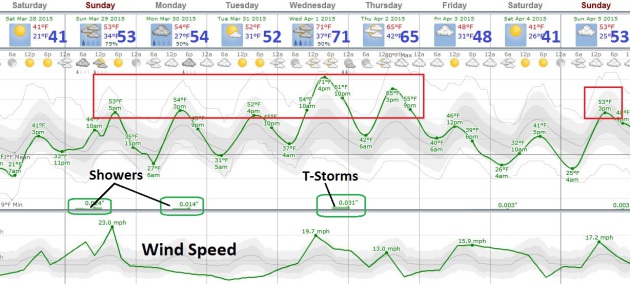
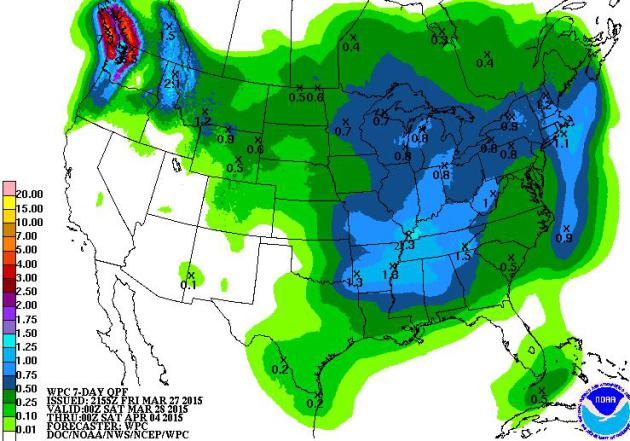
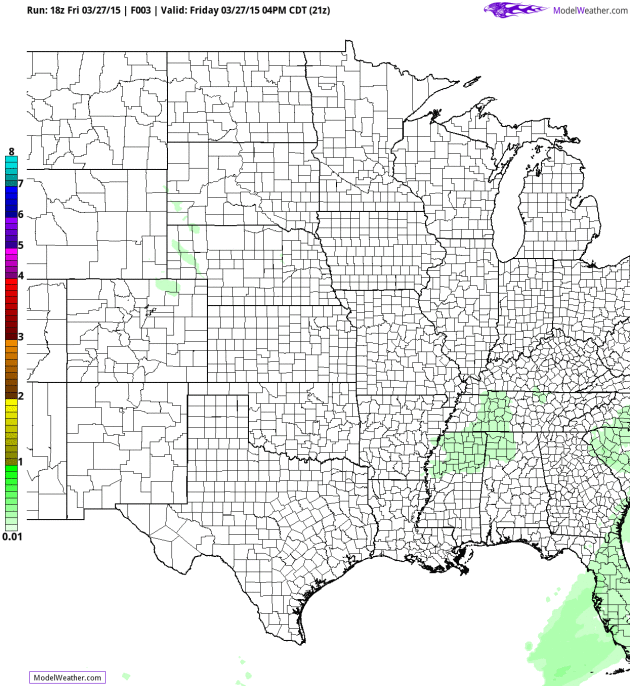


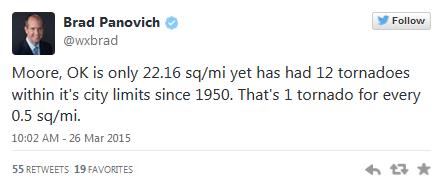




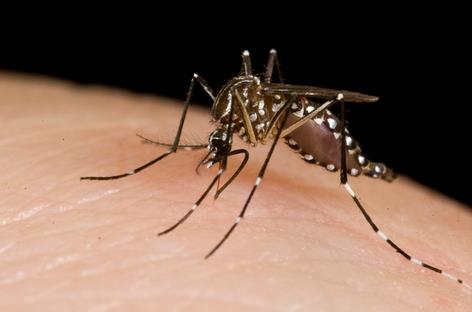
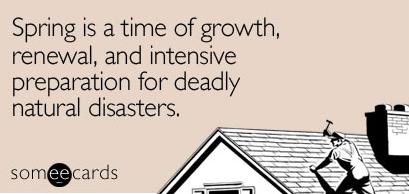
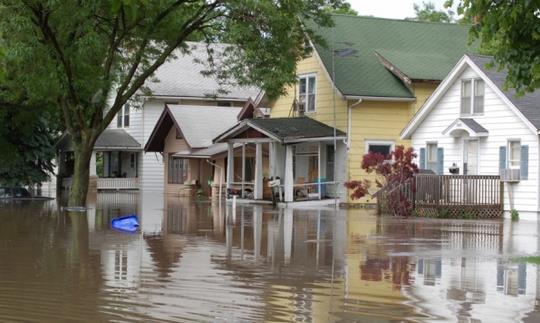




No comments:
Post a Comment